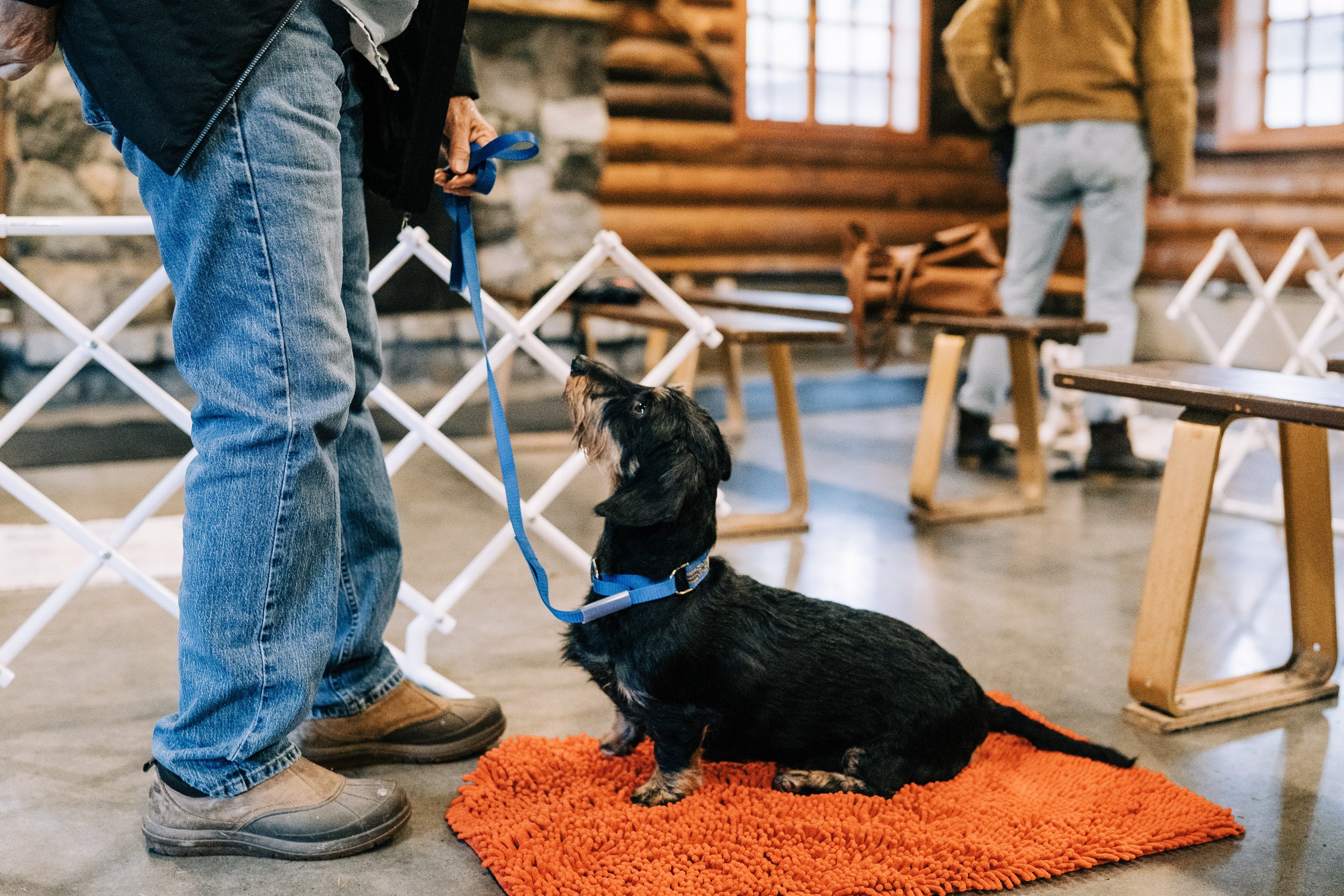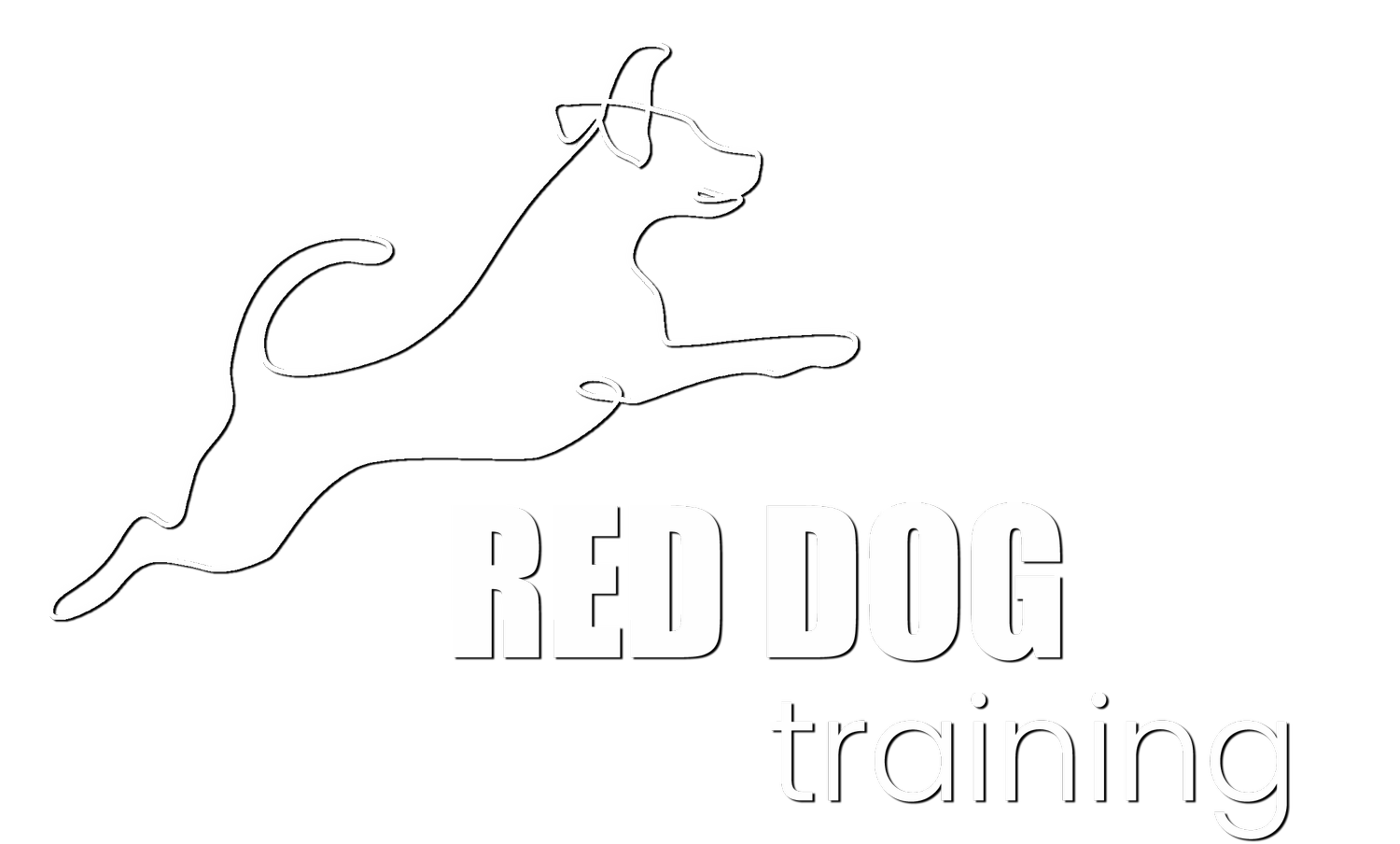
play.reward.repeat.
Training Methods and Position Statement
I am a reward based trainer. I do not believe that training with fear, intimidation, or pain is ever an available method, it’s abuse. I believe in empowering dogs and owners to build their confidence, skills, and behavior catalog with positive reinforcement based training.
However, I would by lying if I said I only use positive reinforcement or I’m an R+ only trainer. That would be like saying I am a hammer contractor or a spoon chef. Positive reinforcement is our most powerful tool, but it is not the only tool used in learning. Tools such as no pull harnesses and head harnesses, that are used widely in the “positive reinforcement only” world, use positive punishment and negative reinforcement to teach a dog to stop pulling on the leash.
“But wait, how can punishment be positive? Isn’t punishment bad?”
That is a fantastic question! In learning, we have classical conditioning (Pavlov’s dogs/bell) and we have operant conditioning. As trainers, we use a lot of classical conditioning for dogs with reactivity in CER (conditioned emotional response) training, where we pair a trigger with something good like playtime or food. This makes the dog starts to pair the previous “scary” item with something good. This is classical conditioning. When teaching behaviors and skills, we use operant conditioning. Operant conditioning has 4 quadrants:
Positive Reinforcement: We ADD (positive) something good to INCREASE (reinforcement) the likelihood that this behavior would happen again.
Example: Alanna gives Rip a dog treat whenever his leash is loose on our walk. Alanna is ADDING something good to INCREASE the likelihood that Rip will continue to walk on a loose leash.
Positive Punishment: We ADD (positive) an aversive stimulus to DECREASE (punishment) the likelihood the behavior will happen again.
Example: Rip is distracted when he sees a bird and runs to the end of his leash. Alanna plants her feet and Rip receives pressure when he pulls on the leash. In this scenario, the pressure is ADDED to DECREASE the likelihood that pulling on the leash will happen again, which means it is punishment.
Negative Reinforcement: We TAKE AWAY (negative) something averse to INCREASE (reinforcement) the likelihood that this behavior will happen again.
Example: Following the above example, when Rip returns to heel, the pressure is TAKEN AWAY. The release of that pressure INCREASES the likelihood that Rip will walk on a loose lease in the future so that is negative reinforcement. Negative reinforcement is often paired with positive punishment, just like we see in the scenario.
Negative Punishment: We TAKE AWAY (negative) something to DECREASE (punishment) the likelihood this behavior will happen in the future.
Example: Rip jumps on Maggi when she goes to pet him. Maggi crosses her arms and does not pet Rip until all 4 feet are on the floor. Maggi is TAKING AWAY her attention/affection to DECREASE the jumping behavior. This is then followed up with positive reinforcement by ADDING attention and affection back in when he has all 4 feet on the floor. This INCREASES the likelihood that he will keep all 4 feet on the floor when greeting her in the future. You will notice that positive reinforcement and negative punishment are often paired together in training just as positive punishment and negative reinforcement were paired together above.
Long story short, the terms positive and negative are not about good and bad, but is about adding or subtracting a stimulus. Reinforcement and Punishment is about increasing or decreasing the likelihood a behavior will or won’t happen in the future.
Scientific studies show us again and again that Positive Reinforcement methods are the gold standard in dog training. If you are interested in going down that rabbit hole, I encourage you to read the position statement set by AVSAB (American Academy of Animal Behavior) and their cited resources on humane training methods.
Positive reinforcement should be the first line of teaching, training, and behavior change program considered, and should be applied consistently. Positive reinforcement is associated with the lowest incidence of aggression, attention seeking, avoidance, and fear in learners.
I could not agree more! Training needs to be about training the behaviors we do want to see vs. suppressing behaviors we don’t want to see. However, all team members need to be supported in training, meaning that the handler’s needs must be considered alongside the needs of the dog. As a trainer, I choose to approach dog and handler holistically. Sometimes the optimum situation is not realistic or attainable. This is a very controversial topic between professionals in the field. I want to be as transparent as possible to the community and those who are looking to potentially work with me in the future.
What is RED DOG training’s position on tools such as head harnesses, front clip harnesses, e-collars, martingale collars, or prong collars?
My absolute favorite go-to tool for most dog owners struggling with leash manners is a martingale or limited slip lead. These walking tools will apply a small amount of fixed pressure if/when a dog pulls. In training, we teach a dog that the sensation of pulling is a cue to “come back to me”. You can find a sample of what that looks like here.
When pulling becomes excessive or dangerous, I believe that a prong collar can be a highly effective tool when paired with positive reinforcement training. There is no tool on the face of the planet that will make a dog walk nicely on a leash. The only thing a tool does is make it a little easier on the handler to get there when paired with a training plan. Many guardians will not exercise their dog, attend training, or meet their dog’s psychological needs because of the fear of injury to the dog or injury to the handler. Many behavior problems will naturally decrease when a dog’s needs are being met and when a handler feels confident that their dog isn’t going to pull the leash out of their hands and potentially run into the road. Other handlers carry immense fear of falling over and breaking an arm, leg, or hip. In these cases, I have found that a prong collar is the least stressful tool on the dog, has the lowest rate of potential harm to the dog, and is the easiest tool to wean off of and onto a flat collar or martingale.
Head harnesses: I find that head harnesses cause the highest amount of stress in dogs. Dogs will excessively claw at their noses and rub their face on their handler. There is also potential for serious neck injury if a dog were to bolt out of fear or toward a bunny or squirrel. I have seen dogs with cuts dug into their noses from head harnesses and the aversive pressure it applies to control pulling. A dog’s nose is one of the most sensitive parts of their bodies with over 100 million sensory receptors compared to our measly 6 million. I personally find head halters to be an extremely aversive tool and I do not recommend them to my clients.
Front Clip Harnesses: I will occasionally get a client who loves this tool and like the saying goes “if it ain’t broke, don’t fix it.” However, it can come at a cost. Front clip “no pull” harnesses work by forcing the dog to take smaller strides. How fast could you go with a rope wrapped around your legs limiting your stride? If the dog does pull, the front clip knocks out the dogs front feet from under them. That consequence isn’t very fun, so the dog learns not to pull through the positive punishment and negative reinforcement system we talked about earlier. Studies have shown that “no-pull” harnesses alter a dog’s natural gate, even when not pulling. This altered gate is theorized to cause injury over time.
E-collars: Personally, these are not my jam. It is not a tool I am comfortable using or teaching. Since most e-collars are used for off leash training, I find that using them gives dogs freedoms they have not been trained to handle. I personally prefer long lines and lots of positive reinforcement training. However, I have seen some amazing training using e-collars in unique ways that vastly improve the dog and handler’s quality of life.
Prong Collars: As mentioned above, prongs can be an effective tool to use when needed for dog and handler’s saftey in extreme situations. Does every dog need a prong? Absolutely not! Is a prong right for most dogs? Still, absolutely not. But if/when a tool is needed, this one is my favorites. While it looks like a horrific medieval torture device, a prong collar’s unique design gives equal pressure around the dog’s neck. The amount of leash pressure needed on a prong collar is very little and makes this an easy tool for most handlers to use. Herm Sprenger collars are the most trusted brand. My favorite prong to recommend is a covered prong like from https://keepercollars.com/. These have prongs sewn into a martingale collar. Along with positive reinforcement training, the amount of prongs can be reduced until your dog has been weaned onto a fabric martingale collar.
While the topic of training tools can be quite controversial, I believe ignoring or evading the subject does not make it go away. I try my best to keep an open mind and support every dog and handler that comes to me for help.
